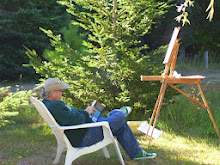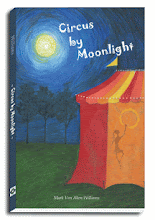Prudence Heward was one of a small group of women artists who were active in Montreal between the wars. As a representational painter, Heward uses bold, rich colors to create simplified shapes and strongly modeled form. In this painting, Rollande (1929), we have a portrait of a physically robust but psychologically complex woman. It challenges conventional representations of passivity; set in the landscape, this woman appears independent and brooding, even defiant, yet at the same time, inwardly vulnerable.
Haruki Murakami said in What I Talk About When I Talk About Running, “Emotional hurt is the price a person has to pay in order to be independent.”
But is this really so?
I see a person unfolding her own myth; ignoring anyone who would attempt to define her in a limiting way. Yet she broods.
Carson McCullers picked up on this look in The Heart is a Lonely Hunter: “In his face there came to be a brooding peace that is seen most often in the faces of the very sorrowful or the very wise. But still he wandered through the streets of the town, always silent and alone.”








No comments:
Post a Comment